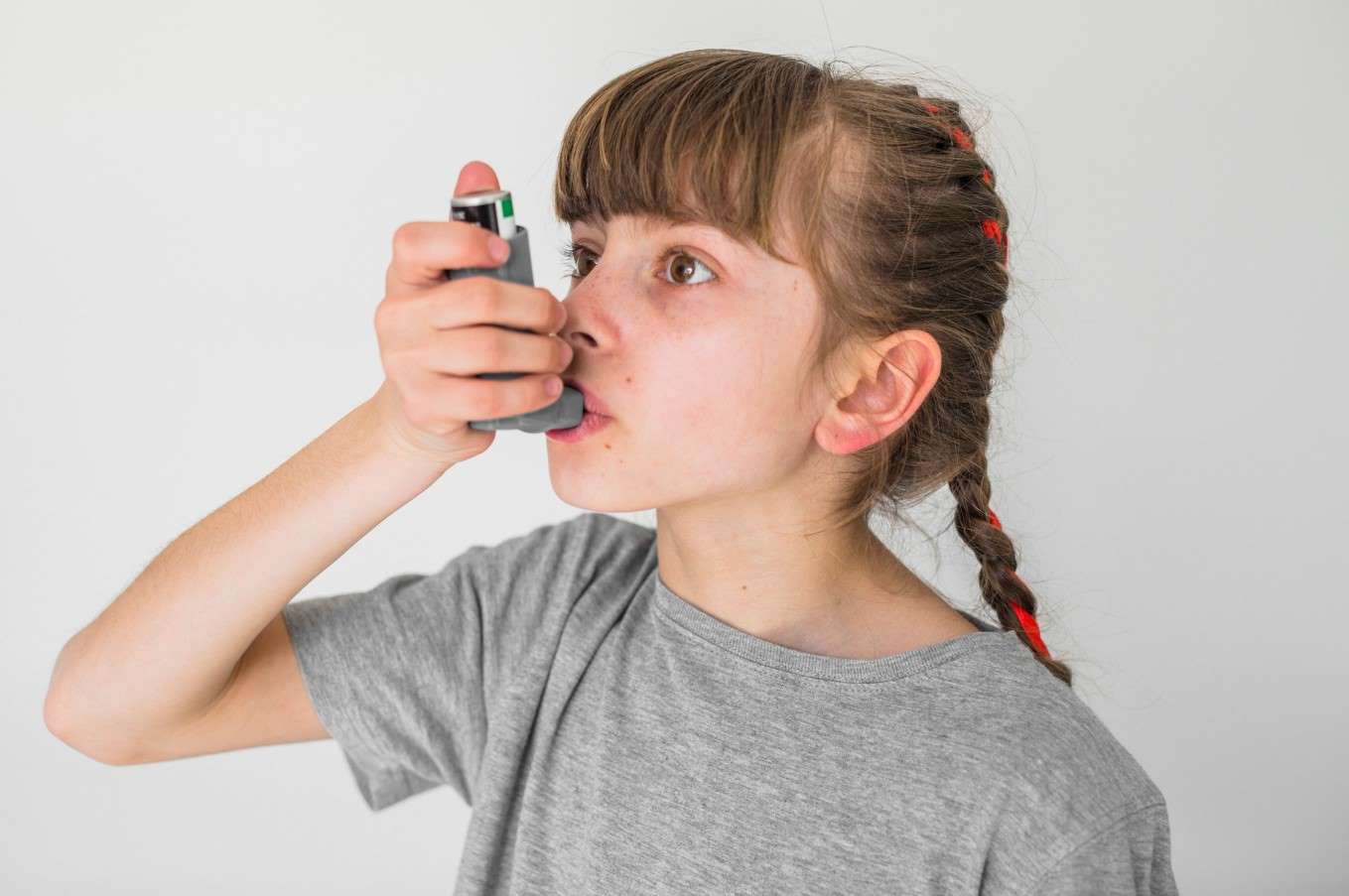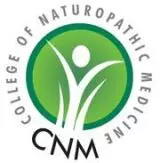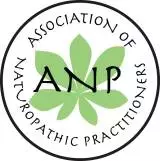TEL:
07366693154



For breath is life, and if you breathe well you will live long on earth.
Sanskrit Proverb
And breathe..
Breathing is an involuntary action, a vital process that is necessary to sustain our very being. It is the foundation on which our well-being is built and without it we would not be able to exist. Considering it’s importance, why is it that we pay it so little attention? We all recognise the importance of drinking two litres of water per day but have we considered the optimal method for breathing each day? Could breathing be the missing link to well-being.
Firstly, lets remind ourselves of why breathing is so unquestionably important. Through inhalation the body receives oxygen which is essential for cellular function and the production of adenosinetriphosphate (ATP); the energy molecule. Then through exhalation the body removes waste gases from these cells to be dispelled through respiration. But it doesn’t stop here it also plays a part in physiological and psychological regulation and can impact homeostatic functions in other systems e.g. autonomic nervous system, the circulatory system, chemical regulation and metabolism. It’s clear to see the far-reaching effect breathing has on much of the body and hence the imbalances that could transpire because of not breathing properly.
Ever observed a new born baby whilst sleeping; it is worth noting that the infant’s abdomen moves in and out with each breath, but for us as adults it’s our chest. Clearly nature intended us to breathe deeply and diaphragmatically from day dot. Instead we spend our day-to-day shallow breathing, which means we only use a small volume of our actual lung capacity with each breath. But how did we start shallow breathing and why?
Stressful 21st century living could be the answer; from the food that we eat to the job that we do, we are one stressed out nation. Stress means constant raised cortisol (our stress hormone), where we are activating our sympathetic nervous system also known as the fight or flight response. This is where our heart is racing, our pupils widen and our breathing increases rapidly, causing us to shallow breathe but also over-breathe.
Yes, overbreathing is a thing. Studies have now shown that even with breathing, too much or too little could be of detriment to us. This has been theorised since the late 1800’s and shown by the Bohr effect some years later. The Bohr effect shows how CO2 has a potent effect on oxygen’s binding affinity to haemoglobin; when CO2 levels are high (low pH), oxygen bound to haemoglobin in the blood is easily disassociated from the blood stream can enter cells where it is required. However, when CO2 is low this is not possible and therefore despite having abundant O2 in the blood stream O2 cannot be utilised by the tissues that need it. This occurs in overbreather’s due to exhaling too much, hence reducing CO2 in the blood. So we know we need to start building up a tolerance to CO2 again, but how do we do it?
The good news is that research has shown there is an optimal way to breathe which can radically change health outcomes. This is known as the Buteko Breathing Technique; this technique with practice, progressively builds up your ability to hold higher CO2 levels in the blood and is a breathing technique that enables breathing diaphragmatically, allowing for cells and tissues to be nourished adequately with the O2 that they have been in dire need of. This will then allow for energy and vitality through optimal ATP production.
It’s also worth noting that the issue isn’t just shallow breathing or over-breathing, it’s the way we do it. We are becoming a nation of chronic mouth-breathers! Breathing through the mouth contributes to general dehydration which increases the acidification of the mouth and can lead to gum disease and halitosis due to altered bacteria flora. This can also lead to a higher frequency of snoring and obstructive sleep apnoea.
On the other hand, nasal breathing has several important functions however the most significant of all is that the nose is a reservoir for nitric oxide production. Nitric oxide plays an important role in vasodilation, homeostasis, neurotransmission, immune defence and respiration. It helps to prevent high blood pressure, cholesterol issues and keeps the arteries flexible which prevents arterial clogging. It also enhances O2 uptake in the blood during respiration.
As the author of ‘The Oxygen Advantage’ Patrick Mckeown put it ‘The nose is for breathing and mouth is for eating’. Certainly a good point to remember.
On the point of eating; acid forming foods (since they lower pH) such as meat, diary, processed products, bread, sugar, caffeine all overstimulate breathing. The natural response to this is the need to inhale more air and therefore we breathe through the mouth. However, fruit, vegetables and good old water are easy for the body to process and so do not create this air demand.
Due to our breath being controlled by the autonomic nervous system, breathing itself can have a huge implication on our mental health namely anxiety disorders but also depression. Over-breathing activates the sympathetic nervous system which can cause anxiety and too much exhalation triggers the parasympathetic nervous system. If the sympathetic nervous system cannot correct this imbalance this then could lead to depression. Research has shown that breathing practices to normalise breathing can in fact regulate the symptoms associated with these mental health issues.
In summary, there is a need for us to shift our focus back to basics and consider breathing as an important and vital part of the wellness equation. It is evident that without oxygenating our tissues fully and doing this in the most optimal way we continue to miss a huge piece from our jigsaw puzzle of health. Daily practice of pranayama, BBT or just simple diaphragm breathing can enable us to build that CO2 tolerance again; thus aiding relief from many chronic, debilitating ailments especially fatigue which is a problem for so many. Of course, I do not suggest this as a stand-alone but it absolutely should be part of most health regimes moving forward.
Share:










